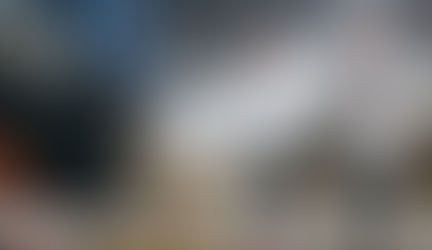The Creative Spark: ADHD in the Arts
- Admin
- Mar 15, 2024
- 2 min read
Updated: Apr 16, 2024

Introduction: (www.youtube.com/kneetiegorungo)
Attention Deficit Hyperactivity Disorder (ADHD) is often framed within the context of its challenges, such as difficulties with concentration, impulsivity, and hyperactivity. However, when viewed through a different lens, ADHD can also be seen as a reservoir of untapped creative potential. The arts, encompassing visual, performing, and literary forms, offer a unique outlet for the vibrant and dynamic energy characteristic of individuals with ADHD. This article explores the profound connection between ADHD and creative expressions in the arts, highlighting how this neurodivergence can fuel innovation and creativity.
ADHD and Creative Thinking:
The ADHD brain is wired to seek novelty, think divergently, and make unconventional connections—traits that are highly beneficial in creative endeavours. This cognitive flexibility allows individuals with ADHD to approach artistic projects with a fresh perspective, often leading to original and innovative outcomes. The impulsivity associated with ADHD, while challenging in some contexts, can drive spontaneous creative processes, leading to unexpected and groundbreaking art.
Visual Arts: A Canvas for Expression:
In the realm of visual arts, individuals with ADHD find a powerful medium for self-expression. The tactile and visual engagement of painting, sculpting, or drawing provides a focused channel for the restless energy of ADHD, allowing for deep immersion in the creative process. This not only facilitates artistic creation but also offers therapeutic benefits, aiding in emotional regulation and stress relief.
Performing Arts: The Stage of Spontaneity:
The performing arts, including theatre, dance, and music, are particularly suited to the strengths of individuals with ADHD. The dynamic and immediate nature of performance captures the ADHD mind's need for stimulation and engagement. Through acting, dancing, or playing an instrument, individuals with ADHD can harness their impulsivity for improvisation and performance vitality, often captivating audiences with their authenticity and passion.
Literary Arts: Unleashing Imaginative Narratives:
The literary arts offer a boundless landscape for the ADHD imagination to roam. Writing provides an outlet for the fast-paced thoughts and ideas that often characterize ADHD, enabling the creation of rich narratives, compelling characters, and imaginative worlds. The process of writing can also serve as a reflective practice, helping individuals with ADHD to articulate their experiences and perspectives.
Challenges and Strategies:
While the arts offer a conducive outlet for creativity, individuals with ADHD may face challenges such as maintaining focus on long-term projects or managing the organizational aspects of their work. Strategies such as breaking projects into manageable parts, setting structured routines, and using visual planning tools can help in navigating these challenges, enabling sustained creative productivity.
Conclusion:
The intersection of ADHD and the arts illuminates the creative potential inherent in neurodiversity. By embracing their unique cognitive styles, individuals with ADHD can enrich the artistic landscape with their innovative visions and expressions. The arts not only provide a meaningful outlet for creativity but also affirm the value of diverse perspectives in shaping cultural expressions. As society continues to recognize and celebrate neurodiversity, the contributions of individuals with ADHD to the arts underscore the importance of including all voices in the tapestry of human creativity.
The domain www.dubaitelemedicine.com is for sale. Please contact us at www.kneetie.com
#KneeTie #Stroke #youtube/kneetiegorungo #DubaiTelemedicine




















Comments